

~~~~~~~~~~~~~~~~~~~~~~~~~~~~
SCUBA News (ISSN 1476-8011)
Issue 274 - May 2023
https://www.scubatravel.co.uk
~~~~~~~~~~~~~~~~~~~~~~~~~~~~~
Contents:
What's new at SCUBA Travel?
Your letters
Creature of the month: The Captivating Grey Seal
9 Liveaboard Dive Boat Deals - - Save up to 30%
Diving news from around the World
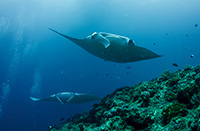 |
Mantas to Mantis Shrimps in Mesmerising Mozambique Mantas galore in Mozambique, but also everything from whale sharks down to mantis shrimps.
|
 |
The Zenobia Effect - Scuba Diving Cyprus Voted the best dive site in Europe, the Zenobia lures divers to Cyprus. But Cyprus has many other good dives to explore.
|
 |
Scuba Divers' Guide to the Seychelles Clear waters, abundant marine life and diverse underwater topography, ranging from coral reefs to dramatic granite formations and shipwrecks.
|
Health and Safety Executive Scuba Qualification
Hello. I need my HSE scuba certificate for film and Tv work. Is there anywhere abroad I can go to do it?
Thanks
Harlon Haveland
Hi Harlon, Interesting question but sorry, there are none that we know of. If any readers know of any please let us know.
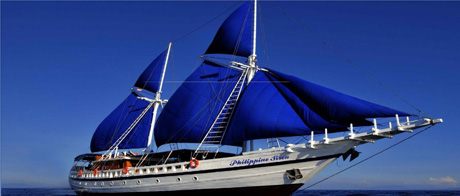
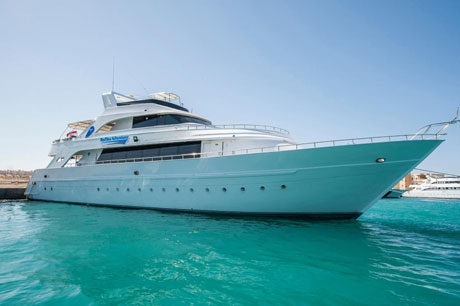
The grey seal (Halichoerus grypus) is the second largest seal in the world, second only to the elephant seal. It lives in the northern Atlantic, with half of the world's population living around the British Isles.
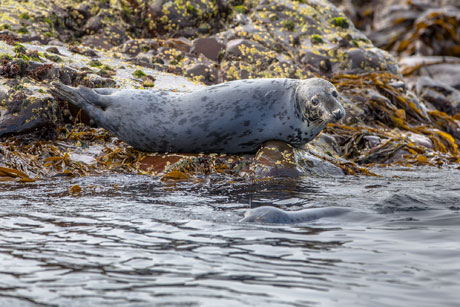
For hundreds of years the seals were absent or in very low numbers in the North Sea, mainly due hunting. Since the 70s though, when protection for the seals started to be put in place, they have flourished.
Grey seals spend more than 80% of their time at sea and 90% of that below the surface. They are curious and will approach divers, especially the younger seals.
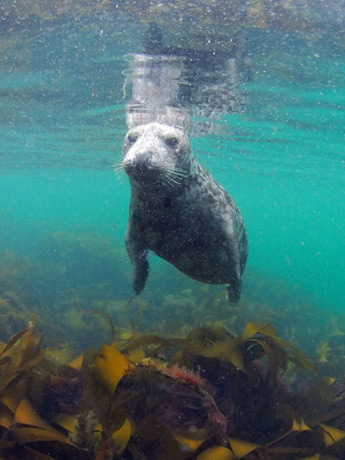
The seals return to the same shore to haul out. They don't stay close to that area though, they can travel over 100 km between their haul-out and foraging sites. These feeding trips last as much as 30 days, and they can cover the 100 km in just one day.
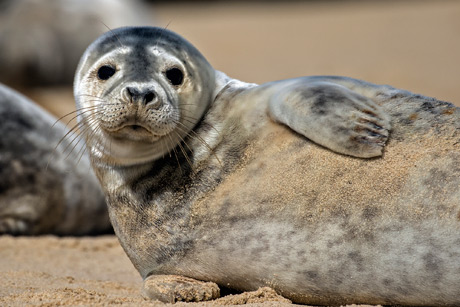
Like most marine mammals, grey seals communicate using calls and whistles, but these seals also clap to warn off competitors and advertise to potential mates.
Amazingly, grey seals can dive to 477 metres. However, they mostly don't go much below 100 m, searching for food.
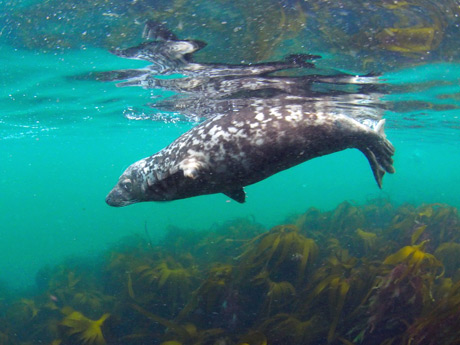
Female grey seals have been recorded living to 42 years in the wild. Males are thought to live less long, to a maximum of 31 years.
The grey seal is so called because of its coat, which is various shades of grey. The pups though are born white. Female pregancies last 11 months, and they then look after the pup until around three weeks later when it is weaned.
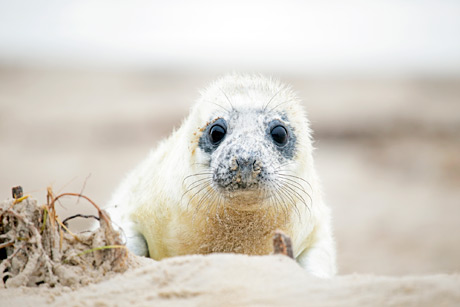
References
Sayer, S. et al. (2019). Pinnipeds, people and photo identification: The implications of grey seal movements for effective management of the species. Journal of the Marine Biological Association of the United Kingdom, 99(5), 1221-1230. doi:
Grey seals discovered clapping underwater to communicate, Monash University
W. D. Bowen et al (2006) Reproductive performance in grey seals: age-related improvement and senescence in a capital breeder Journal of Animal Ecology.
Boehme, Lars et al. (2012). How Many Seals Were There? The Global Shelf Loss during the Last Glacial Maximum and Its Effect on the Size and Distribution of Grey Seal Populations. PloS one.
 |
Harnessing the sun to make Red Sea liveaboards more sustainable
|
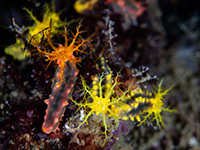 |
Ranching sea cucumbers to repair the oceans -- and improve human health
|
 |
Titanic: First ever full-sized scans reveal wreck as never seen before
|
 |
Record broken for living underwater
|
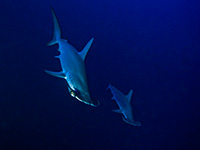 |
Hammerhead sharks are first fish found to hold their breath
|
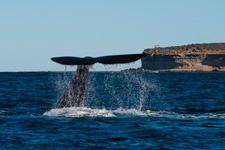 |
Reducing Vessel Strikes to North Atlantic Right Whales
|
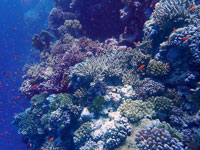 |
Coastal lights trick coral reefs into spawning earlier than they should
|
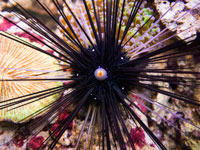 |
Within just a few months a deadly epidemic killed all the black sea urchins in the Gulf of Eilat
|
 |
Why The Ocean Cleanup might not be a good thing
|
SCUBA News is licensed under a Creative Commons Attribution 4.0 Unported License. This means we are happy for you to reuse our material for both commercial and non-commercial use as long as you: credit the name of the author, link back to the SCUBA Travel website and say if you have made any changes. Some of the photos though, might be copyright the photographer. If in doubt please get in touch.
Photo credits: Alan De Witt, Rudmer Zwerver, Howard Chew/DepositPhotos, Denis Riek, The Global Ocean Surface Ecosystem Alliance (GO-SEA) Field Guide (CC-BY 4.0), Tim Nicholson, Jill Studholme
Previous editions of SCUBA News are archived at https://www.scubatravel.co.uk/news.html
SUBSCRIBING AND UNSUBSCRIBING
Visit [UNSUBSCRIBE] and add or remove your e-mail
address. To change whether your receive the newsletter
in text or HTML (with pictures) format visit [PREFERENCES]
ADVERTISING
Should you wish to advertise in SCUBA News, please
see the special offers at
https://www.scubatravel.co.uk/newsad.html
Other advertising opportunities are at
https://www.scubatravel.co.uk/advertising.html
CONTACTING THE EDITOR
Please send your letters or press releases to:
Jill Studholme
SCUBA News
The Cliff
DE6 2HR
UK
news@scubatravel.co.uk
PUBLISHER
SCUBA Travel, 5 Loxford Court, Hulme, Manchester, M15 6AF, UK
Our newsletter, SCUBA News (ISSN 1476-8011), is absolutely free. It is a monthly publication, delivered by e-mail. To receive your copy fill in your details below. We will never pass your e-mail address to any third parties, or send you unsolicited e-mail.
To receive your copy fill in your details below. We will never pass your e-mail address to any third parties, or send you unsolicited e-mail.
You will receive an e-mail confirming your subscription. If you don't receive this you may have entered your e-mail address incorrectly - revisit this page and re-subscribe.
We love hearing from you: send us any news, dive write ups, reviews or comments